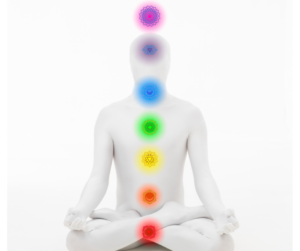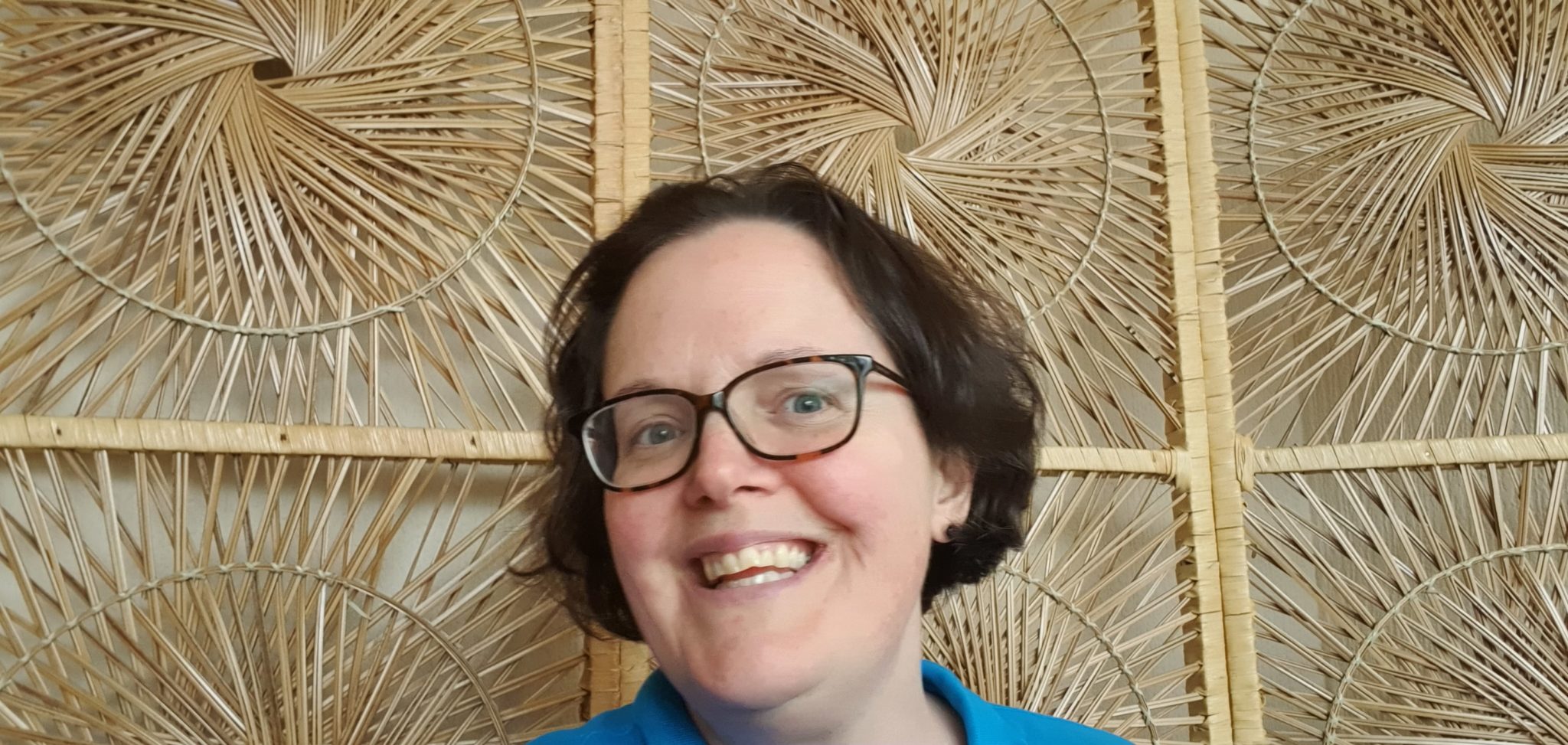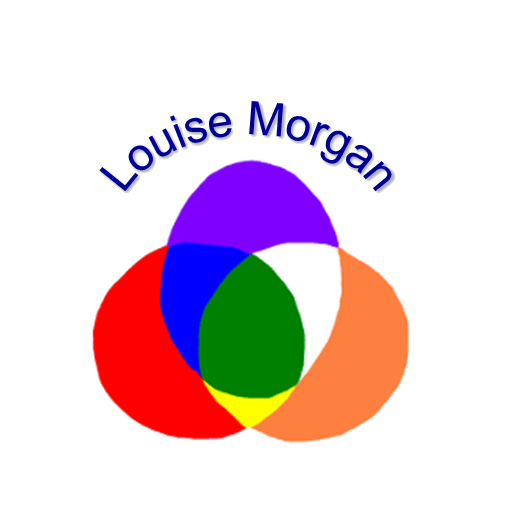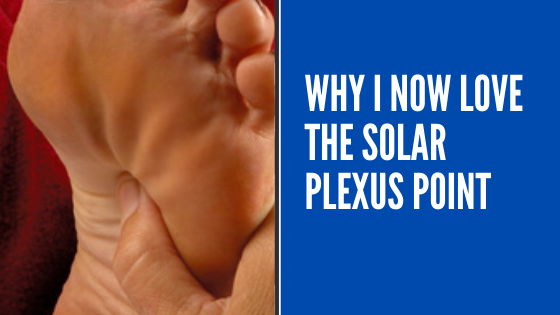In recent years I’ve begun to have much more of a respect for the reflex point solar plexus. When I first qualified, I’ll be honest, I only knew about the energetic side. I believed it was an area which was part of the meridian system, a chakra, and not a physical location on the body. Being energetic, it made me think it was open to the woo woo criticism our field often faces. I remember showing this point to a family of doctors during a baby massage lesson and their sceptical response reaffirming my belief.
What is the solar plexus?
In reality, the solar plexus is another name for the celiac plexus. This is physically located in the abdomen in front of the aorta, the main artery of the body. The celiac plexus is a nerve bundle with interconnecting fibres, which can affect the local organs. If someone hits this area it can cause spasms to the local organs, pain, and even unconsciousness.
The solar plexus does also have an energetic aspect, which is important. It is associated with chakras, which is a Sanskrit word meaning wheel. Chakras arise from Indian thought and is used to refer to spinning wheels of energy, which are located in the body. It is believed that if these become blocked it can affect health. The solar plexus is specifically linked to the colour yellow and relates to self-belief and self-worth.
What changed my mind?
It’s been a combination of things which I’ve observed over the years in different situations:
During my baby massage sessions I’ve taught parents to find the solar plexus on the hand and feet. As the weeks progress I’ll often see I have a class of 10 babies, all chilled, with the parents holding the solar plexus points. I often notice the babies are all chilled by the time we’re at this particular point, and I sometimes wonder if it’s the solar plexus responsible. The sceptical part of me begins to think it’s the babies getting used to the massage, not this specific reflex.
I’ve also shown clients the solar plexus reflux on the hand as a self help tool. I show clients how to slowly rotate the solar plexus on their hand while they breathe in through their nose and out through their mouth. This can be useful in cases of anxiety, panic or overwhelming stress. Do they use it? Sometimes. Do they think it works? Sometimes. It depends how much it’s used, as often this can be the last thing you’ll think of doing when they’re in the middle of a mental crisis. And if you don’t, that’s ok, I’m trying to help add to a toolkit of different approaches.
My biggest opinion change of the solar plexus has been due to a particular client group. I regularly work with clients with disabilities and their disabilities are as unique as them. Their disabilities can be the result of different factors, which may be due to health issues or accidents and I work with verbal and non-verbal people. Depending on the person I may see twitches, anger responses, movements when they’re not happy, they may even tell me in an abrupt way they don’t like it.
But ‘just’ holding this point creates a response.
Holding this point, I’ve seen verbal and non-verbal clients visibly relax. I’ve watched as they give a sigh and just rest in the moment. I’ve watched them close their eyes and find a peace which wasn’t there a minute before. As a therapist it amazes me. At first, I thought it was just one client who was touch adverse, as this was one of the few permitted touches. Since then though, I’ve worked with several other people and discovered the solar plexus isn’t unique for this one person.
I’ve discovered the same relaxing in their unique way.
As a therapist, I’ve found this so powerful and humbling that I am able to provide this sort of relaxation. It has been these experiences which have truly transformed my understanding of the solar plexus. I have such a gratitude that a non-invasive, non-threatening touch can have such a profound effect, even on those who are touch resistant.
I know when I go for a reflexology session, I physically feel a response when my solar plexus is held. Initially, I thought the response of winding down was because my body knew what to expect, but I now think it’s this and more. The solar plexus is held by a reflexologist at the start of a reflexology session. We are taught it is to calm the body and prepare our client to begin their therapy. From my experiences and additional learning, I now think it is because we’re also triggering the nervous system. Reflexology is being shown to help relax the nervous systems. By beginning on this bundle of nerves collecting in this space, known as the solar plexus, we’re sending a message to calm the signal response being sent to the organs.
 So, the next time you’re feeling stressed or anxious, why not think about using the reflexology point for the solar plexus?
So, the next time you’re feeling stressed or anxious, why not think about using the reflexology point for the solar plexus?
It can be useful to try this when you’re not stressed, so you know what to do. If you’ve done it a few times, it may also mean it’s something you’ll think about doing when you do find yourself being overtaking by your emotions.
Take your hand (either one) and use your thumb to gently rotate the centre of your palm. While you’re doing this, focus on breathing in through your nose and out through your mouth. Carry on until you feel the stress stepping down a little. You can do this anywhere: sat down, stood up, while you’re on the toilet. It’s a versatile tool which costs nothing except a bit of your time. So, why not give it a try?

Louise is an holistic therapist who owns Therapy Centre, BS14 9HB, a clinic offering a range of holistic and beauty therapies. Louise offers aromatherapy, reflexology, holistic massage, baby massage, reiki and story massage. She is a mum of two boys and when she is not working she enjoys getting outdoors with her family. For further information, visit her website louise-morgan.co.uk

